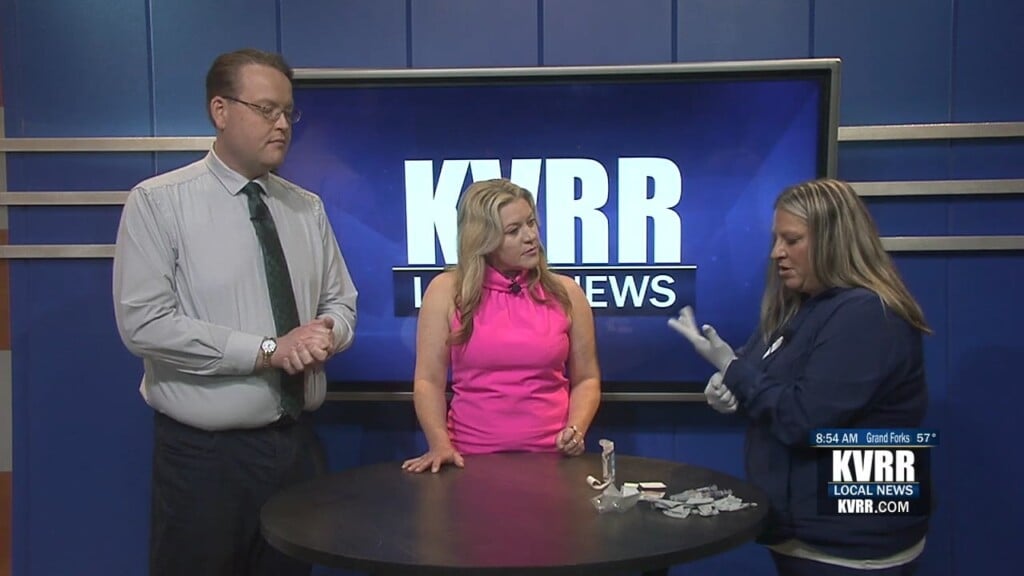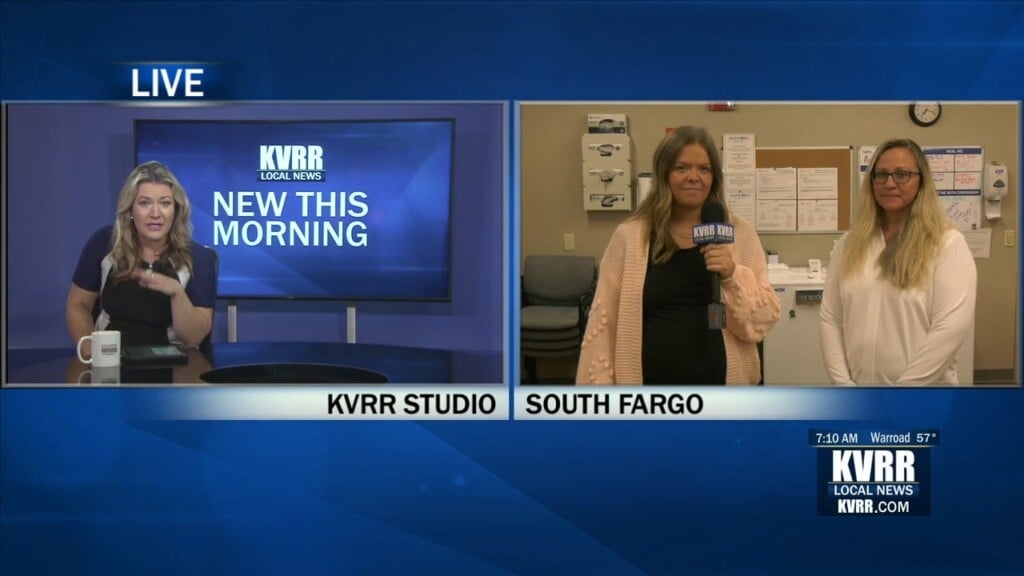West Fargo fared better than anticipated in 2020, Comm. President Dardis says
WEST FARGO, N.D. — West Fargo is known as “a city on the grow” for good reason: the community has more than doubled since 2000.
Despite the coronavirus pandemic, West Fargo collected $924,738 more in sales tax in 2020 than it did in 2019.
Commission President Bernie Dardis says that, along with conservative budgeting, in part has helped the city remain financially sound.
“It doesn’t diminish the hurt that a lot of these folks that have lost their jobs or had their hours cut and all that type of thing,” he adds. “So, I don’t mean to diminish that whatsoever, but from a financial standpoint, the city has fared better than we had anticipated.”
Although West Fargo is doing well financially, Dardis acknowledges that its people are struggling.
“We talk about the bars and restaurants and those types of things, but there’s employees that work for them that are dramatically affected as well. And so, this whole COVID thing has been very difficult.”
Despite the difficulties, Dardis says the state and federal response has positively impacted West Fargo — moratoriums on evictions and funding for PPE are some of the benefits.
He adds that local health care workers and public health officials deserve all the credit for supporting the community through the pandemic.
“When this started in March, the people that were ringing the bell and telling us that this was not a short-term thing was public health,” Dardis says.
March of 2021 will mark one year since the first confirmed COVID-19 case in North Dakota.
Dardis says he and his team will continue stressing CDC guidelines in the new year and focusing on the vaccine roll out.
“I’m pleased to say right now that the City of West Fargo, you know, most of our firefighters and EMS people have all received [the vaccine] because they’re part of that level one, so that’s a very positive thing,” he adds.
Talks regarding using funds from the North Dakota Legacy Fund for infrastructure are also on the agenda.
“We crossed the Interstate and the developers started building down there 20 years ago,” Dardis says, referring to growth in West Fargo. “The life of most infrastructures, streets and the like, is about 25 to 35 years, so we’re going to be facing a lot of infrastructure in some of those neighborhoods as well as what we’ve had in old West Fargo, if you will.”
It’s a heavy set of challenges coming their way, but Dardis says he and his Commission are up to the task.
Click here for a comprehensive plan of West Fargo’s plans for community improvement.






